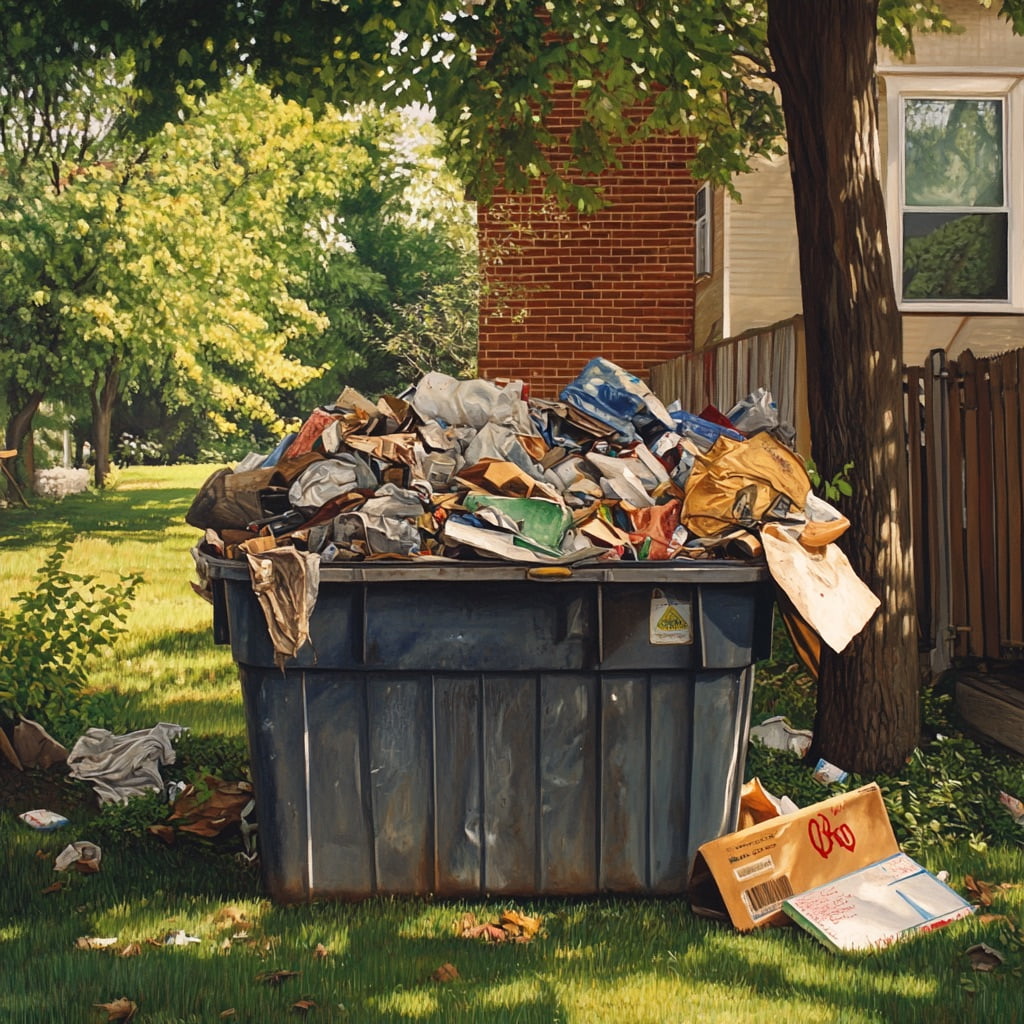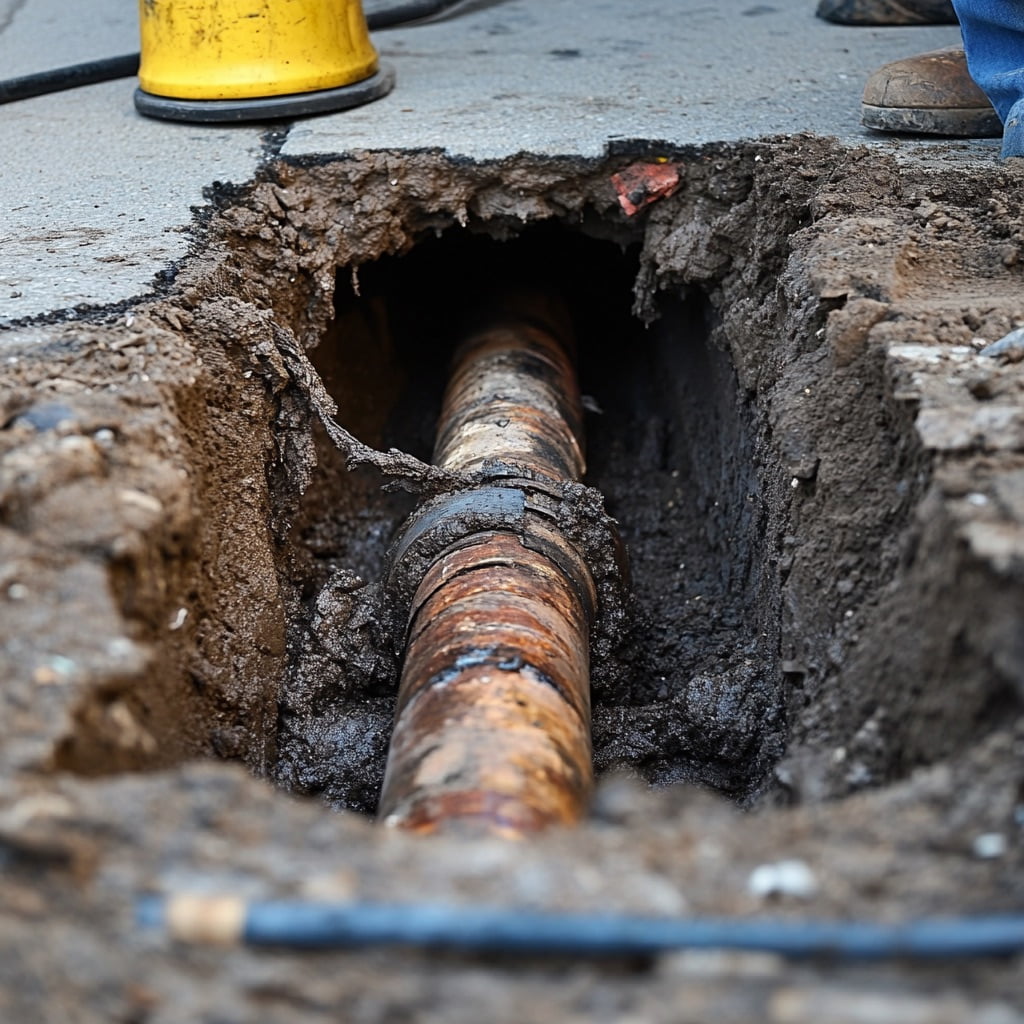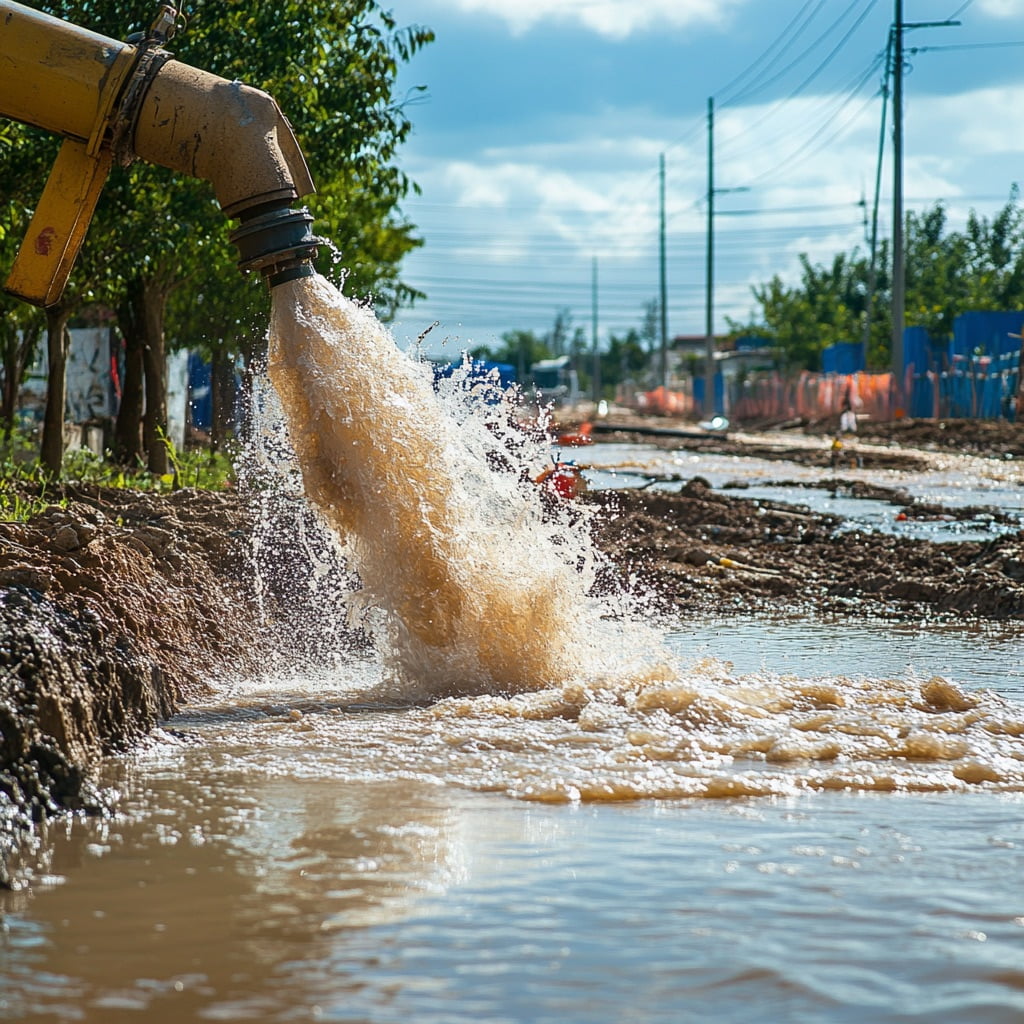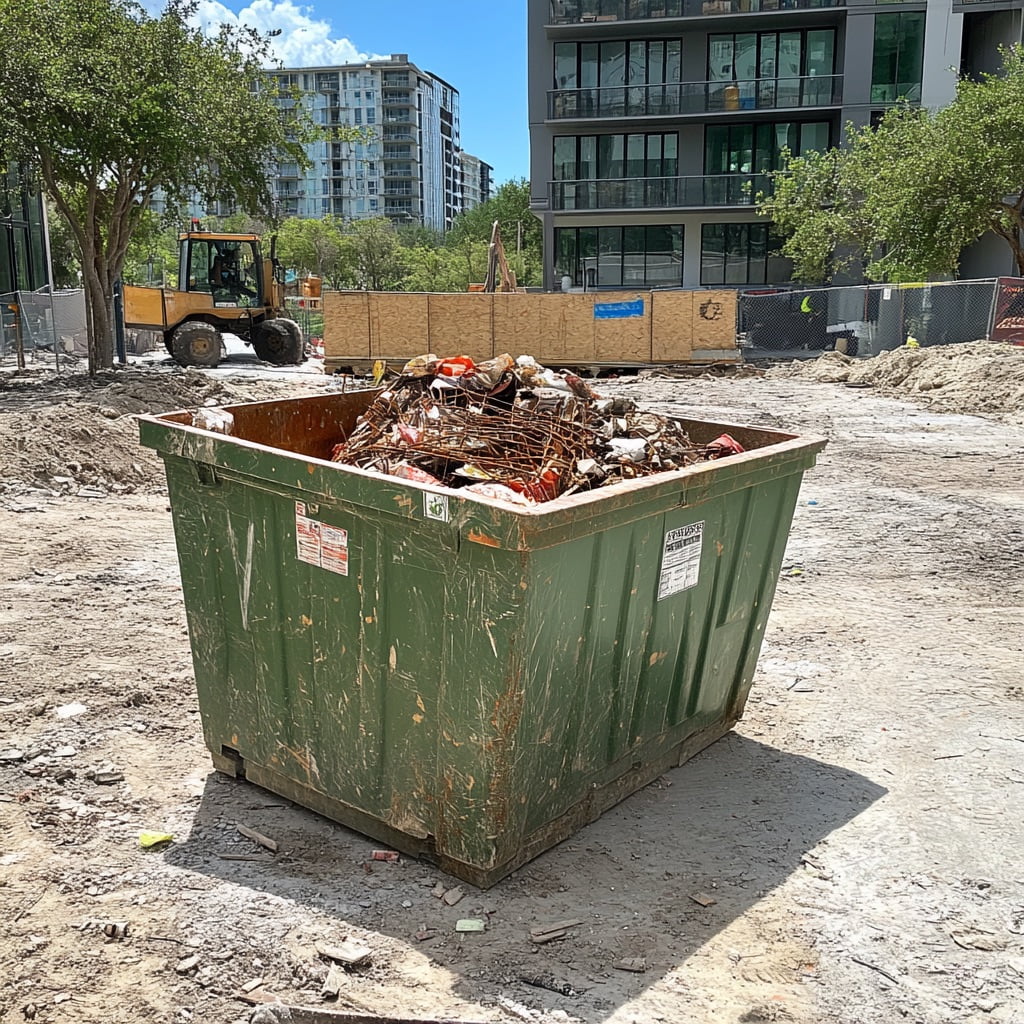Last updated on
The air quality in our homes is important for our health and well-being. Unfortunately, the air quality in many homes is poor due to a variety of factors.
Thankfully, there are a number of tech solutions that can help improve air quality. In this blog post, we’ll explore some of these tech solutions and how they can help you breathe easier at home.
Air Purifiers
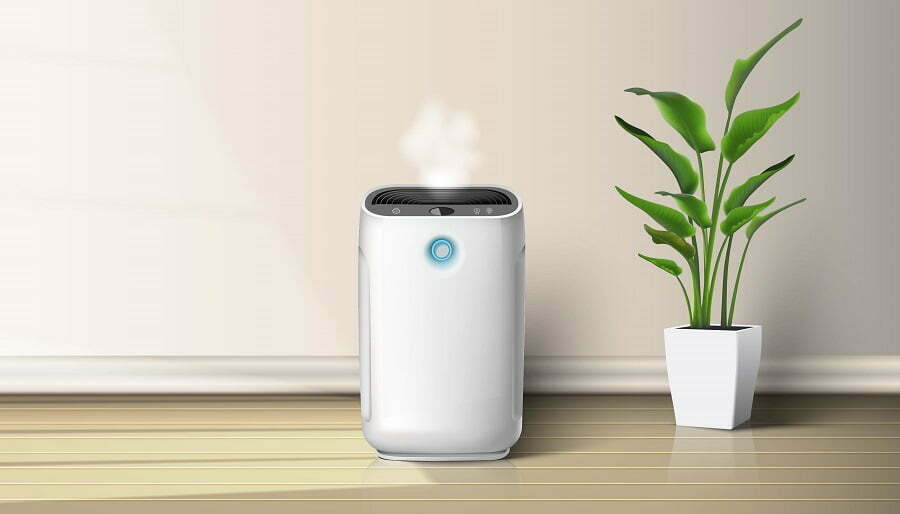
Air purifiers are a great way to reduce airborne pollutants in your home. These devices use filters to trap dust, mold, pet dander, and other allergens from the air. They come in a variety of sizes and can be placed in any room or hallway for maximum coverage.
Also, many modern air purifiers also have built-in sensors to detect when the air quality is poor and automatically adjust their settings accordingly. For example, if the air quality in your bedroom gets too low, the air purifier can be set to run more often or at a higher level of filtration.
Humidifiers
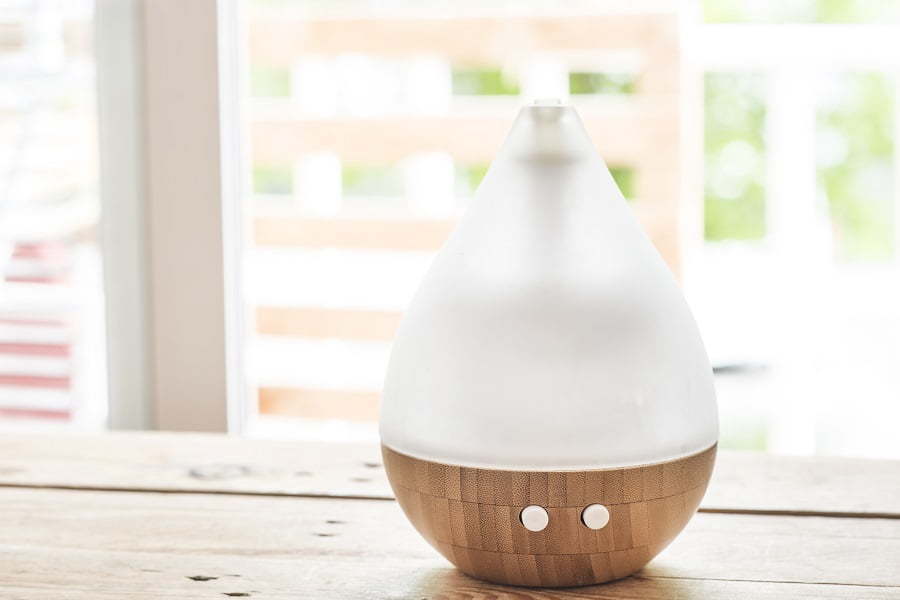
Humidifiers are great for controlling the humidity levels in your home. High humidity can cause mold and mildew growth, which can impact the air quality in your home. Humidifiers use moisture to reduce dryness and prevent allergens from becoming airborne.
Many models come with sensors that detect when indoor humidity levels get too high or too low and automatically adjust accordingly. This helps you maintain optimal humidity levels without needing to constantly monitor them yourself.
For instance, you can set the humidifier to turn on automatically when it drops below a certain threshold.
Smart Air Quality Monitors
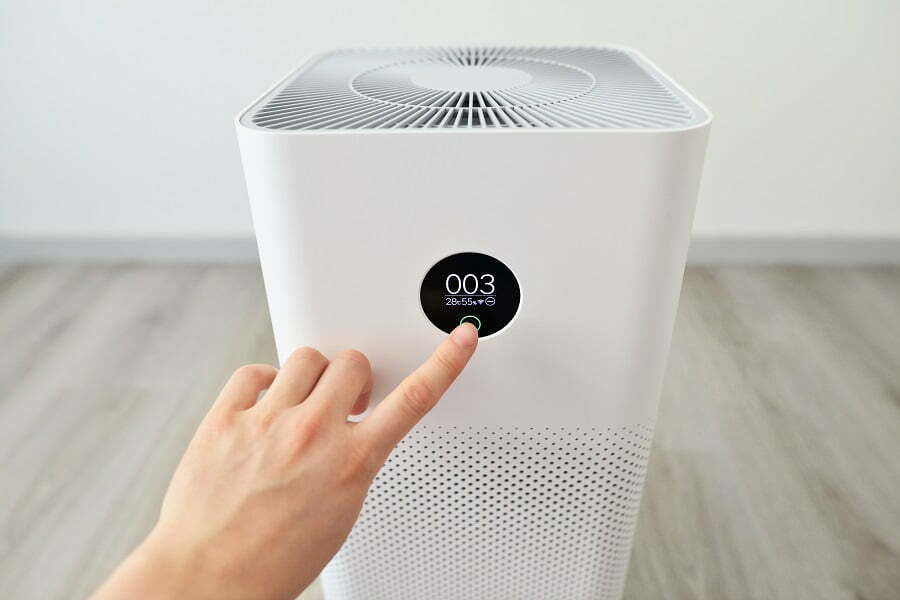
Smart air quality monitors are a great way to track the air quality in your home. These devices measure pollutants and other factors that influence indoor air quality, such as temperature, humidity, and CO2 levels.
Many models come with built-in sensors to detect changes in air quality so you can take immediate action if needed. This can help you keep tabs on the air quality in your home without needing to run tests yourself or hire an expert.
Investing in Ventilation
Investing in ventilation is becoming increasingly important to improve indoor air quality. Not only does improved ventilation help reduce the spread of airborne viruses, but it also helps reduce allergens, dust, chemical fumes, and other airborne toxins that can have serious long-term health effects. Ventilation helps maintain acceptable levels of temperature and humidity, which are important for keeping comfortable and healthy. And for those wishing to build a successful grow room, it’s important to invest in a quiet fan for grow tent to remain inconspicuous and keep the temperature and humidity in check. This way you can ensure your indoor growing environment remains healthy and free from contaminants.
HEPA Filters
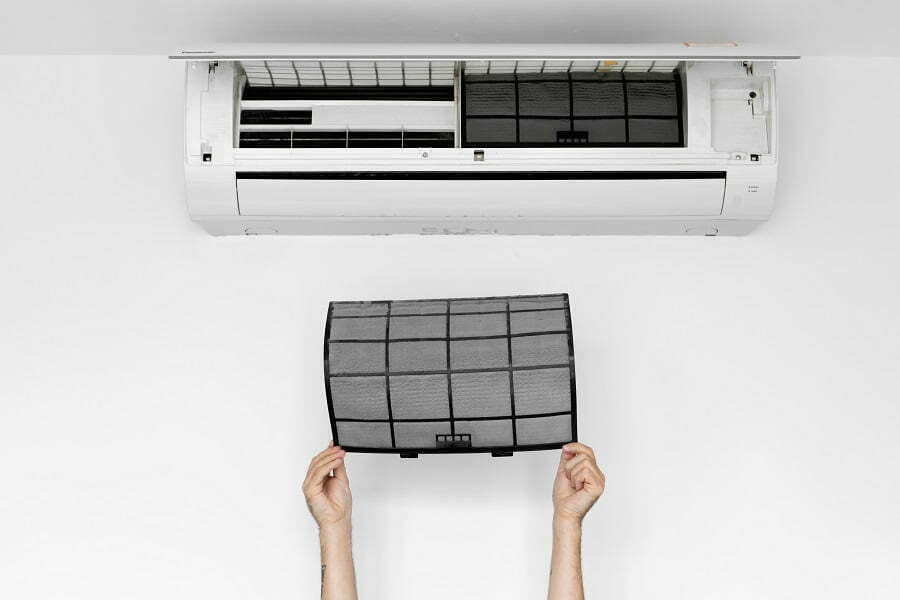
HEPA filters are a great way to reduce airborne pollutants in your home. These filters trap particles as small as 0.3 micrometers, which include pollen, dust mites, pet dander, and other allergens that can contribute to poor air quality.
HEPA filters are available for everything from vacuum cleaners to range hoods, so you can make sure that all the appliances in your home have them installed. This will help you reduce allergens and keep the air quality in your home at a desirable level.
Smart Thermostats
Smart thermostats are great for controlling the temperature in your home. They use sensors to detect when indoor temperatures get too high or too low, so they can adjust accordingly. This helps you maintain optimal air quality without needing to manually adjust the settings every few hours.
Plus, many models also come with built-in alerts that let you know when the temperature drops below a certain threshold or rises above it, which allows you to take immediate action if needed.
UV Air Purifiers
UV air purifiers use ultraviolet light to reduce airborne pollutants in your home. These devices emit UV rays that kill microorganisms such as bacteria and viruses, helping to keep the air quality in your home at a desirable level. They also work great for controlling allergens like pollen and pet dander.
Plus, many models come with sensors that detect when the air quality is poor and automatically adjust their settings accordingly. This makes it easier than ever to maintain the good air quality in your home. Additionally, some UV air purifiers also come with HEPA filters to help reduce larger particles.
Houseplants
Houseplants are a great way to improve indoor air quality naturally. Plants help remove toxins from the air by absorbing them through their leaves and roots, which can have a positive effect on air quality. Plus, they help to increase humidity levels and provide oxygen, which is both important for good air quality.
So if you want an easy and natural way to improve the air quality in your home, houseplants are a great option. For instance, peace lilies, spider plants, and dracaena are all great air-purifying houseplants.
Regular Cleaning
Finally, regular cleaning is an important part of maintaining good air quality in your home. Dust and dirt can accumulate over time, which can inhibit the flow of fresh air and lead to poor indoor air quality. So it’s important to do a deep clean at least once a month (or more often if necessary).
Vacuum carpets and furniture, mop floors, dust shelves, and blinds—these are all great ways to keep your home clean and the air fresh. Additionally, try using natural cleaners wherever possible as many conventional cleaning products contain harsh chemicals that can negatively affect indoor air quality.
Regular Maintenance
Regular maintenance is also key when it comes to improving indoor air quality. Make sure you replace your air filters regularly and have your HVAC system serviced at least once a year.
This will help you keep the air in your home clean and free of pollutants, which is important for maintaining good indoor air quality. Additionally, make sure all appliances are running properly and are free from any potential sources of contamination.
In conclusion, there are many ways to improve the air quality in your home. From installing HEPA filters and using UV air purifiers to adding houseplants and doing regular cleaning, these tips can help you create a healthier living environment for yourself and your family.
Additionally, it’s important to keep up with regular maintenance of all appliances as well as replacing air filters frequently. With just a few simple steps, you can ensure that the air inside your home is fresh and clean – making it easier for everyone to breathe!
Recap:
